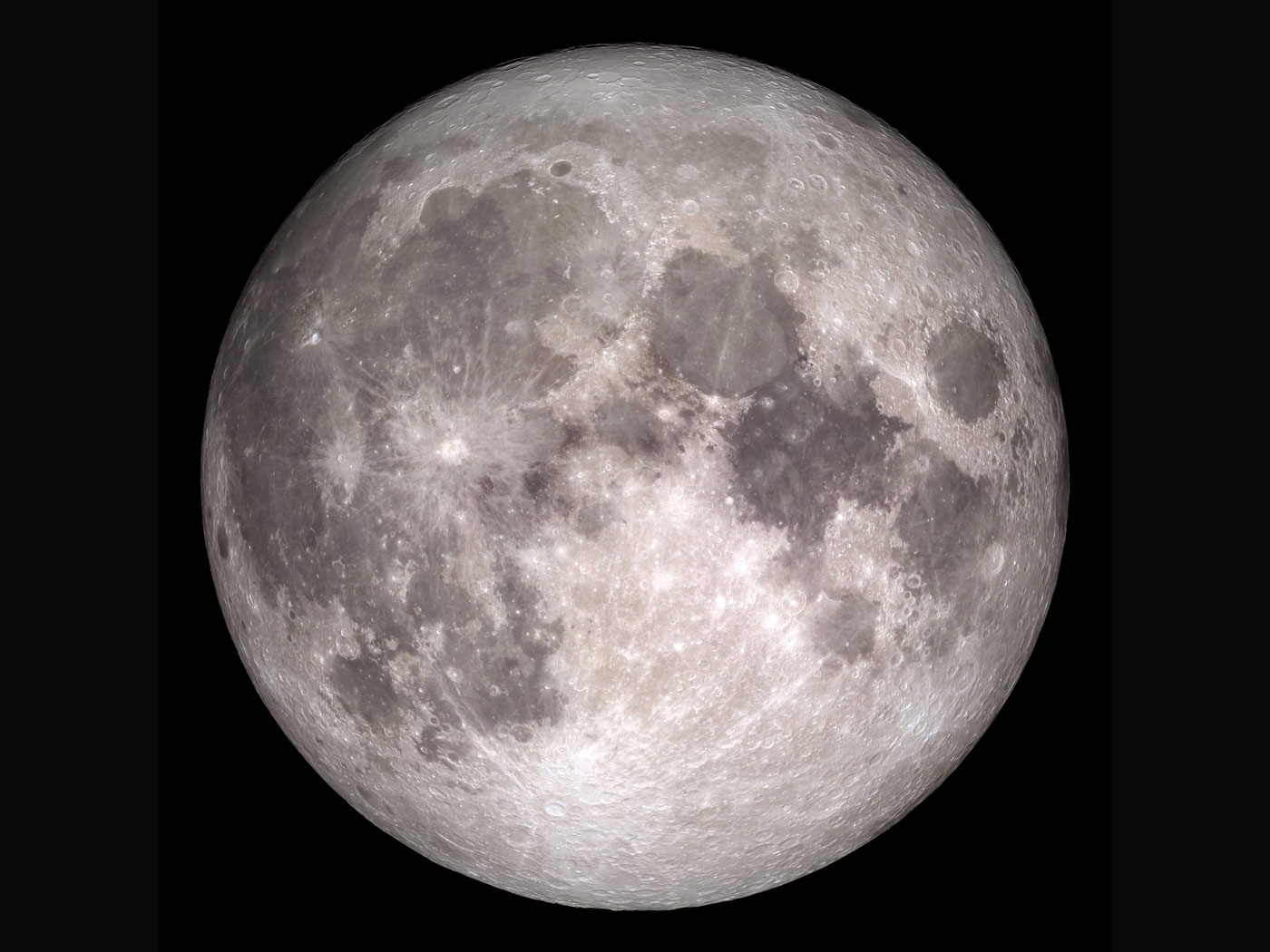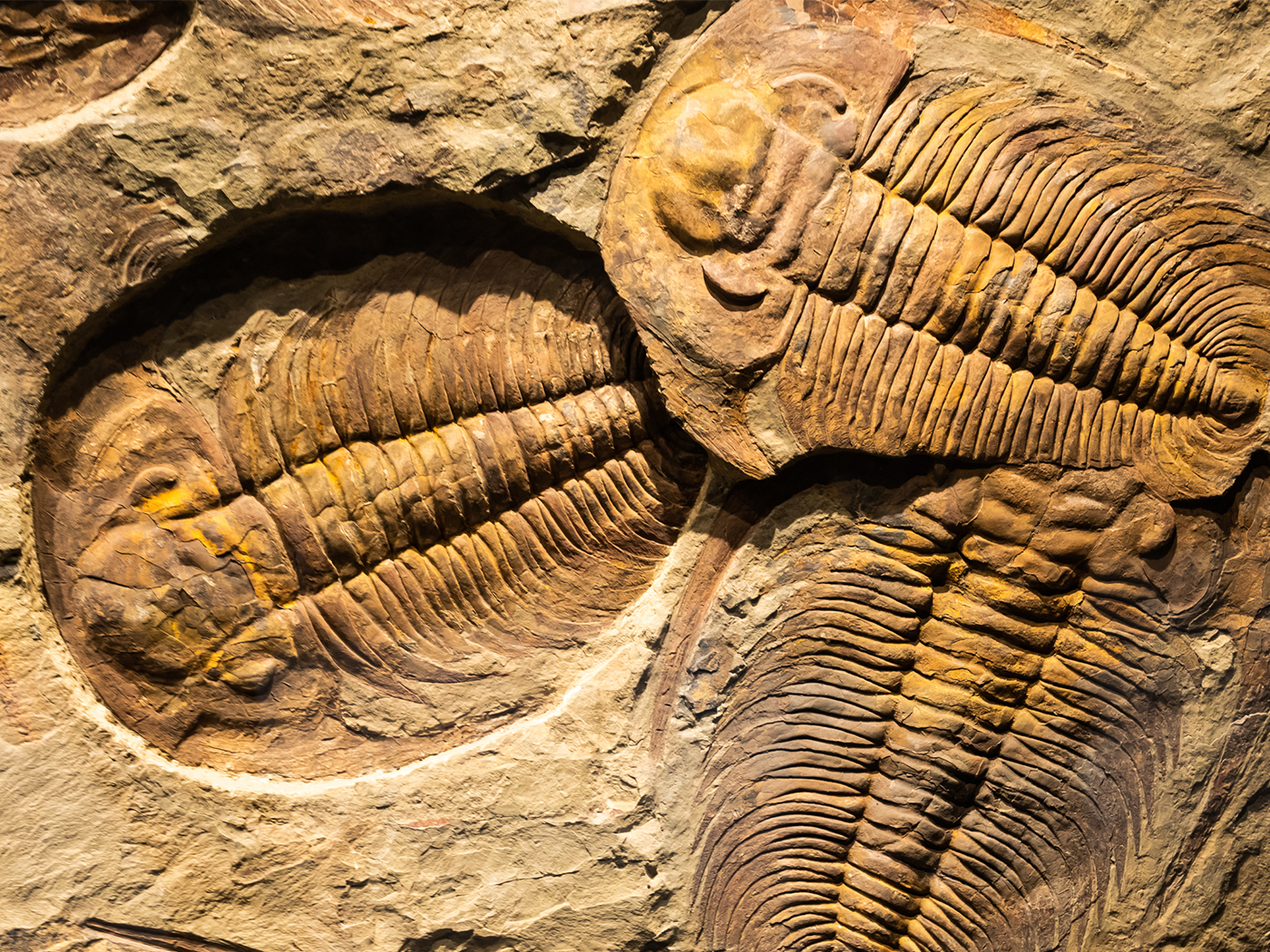Some orchids employ a unique pollination strategy. Each flower emits a chemical that exactly mimics the pheromone produced by females of a particular bee species. The chemical attracts male bees, which then transfer pollen to other flowers. New research into this orchid-bee interaction has challenged concepts of slow-and-gradual evolution, as scientists witnessed the near-formation of a new species in just one generation.
When the male bee is attracted by the orchid, he uses specialized pheromone sensors on his antennae to obtain distance and direction information that point him to the pheromone source. When he reaches the flower, which to him smells like a female bee, he inadvertently picks up a pollen packet that he later deposits onto another flower, thereby fertilizing it so that it can seed the next generation of orchids.
A European team of researchers tracked two different orchid species, each of which interacted exclusively with a specific species of bee--or so they thought. BBC News reported that the scientists were surprised to find, through video surveillance, that a bee from one species flew over to the "wrong" orchid, producing a hybrid orchid.1
And in "another surprising discovery," instead of producing a scent that was mid-way between those produced by its parents, the hybrid produced a third chemical that exactly mimicked a third bee species' pheromone. Although this particular hybrid was a sterile plant, the scientists may have seen how orchid-insect species interactions arose in the past from an ancestral orchid-kind.
There are two aspects of this discovery that confirm the creation model of plant/animal origins. First, the change in flower shape and pheromone chemistry occurred much faster than researchers expected, since it was assumed that species variation is caused by a slow evolutionary pace of mutation accumulation. Nicolas Vereeken of the Free University of Brussels said that his team's observation "shows how fast this reproductive isolation can be broken down in a single visit."1
If the hybrid had been viable, this would have been a new species generated "just in one generation."1 This is not at all how Charles Darwin described how new species arise.
Second, it is apparent that genetic mechanisms are at work within the orchids that enable them to undergo precise variations. Specific genes are perhaps shuffled or altered in some well-designed, reprogrammable genetic scheme so that in a single generation, just the right phenotypes--which in the case of these orchids include pollen packet placement, pistil positioning, and pheromone chemistry--are adjusted to interact with a particular species of bee. It is as if the Designer of these orchids already knew all about the pheromones that bees use and enabled the plants to adapt accordingly.
Biological changes do occur in species, but they are not the result of environmental forces, and maybe not even the result of natural selection. The most logical explanation is that they come from designed variation. And although they caught the European researchers by surprise, these orchids are not the only examples of rapid changes occurring through precisely prescribed re-wirings in just one generation.2
References
- Morelle, R. More light shed on orchids that deceive bees. BBC News. Posted on news.bbc.co.uk April 21, 2010, accessed May 5, 2010, reporting on research published in Vereecken, N. J. 2010. Hybrid floral novelty drives pollinator shift in sexually deceptive orchids. BMC Evolutionary Biology. 10: 103.
- See references in Thomas, B. Butterfly Mimicry Is Based on Elegant Genetic Switches. ICR News. Posted on icr.org March 18, 2010, accessed May 7, 2010.
* Mr. Thomas is Science Writer at the Institute for Creation Research.
Article posted on May 18, 2010.

























